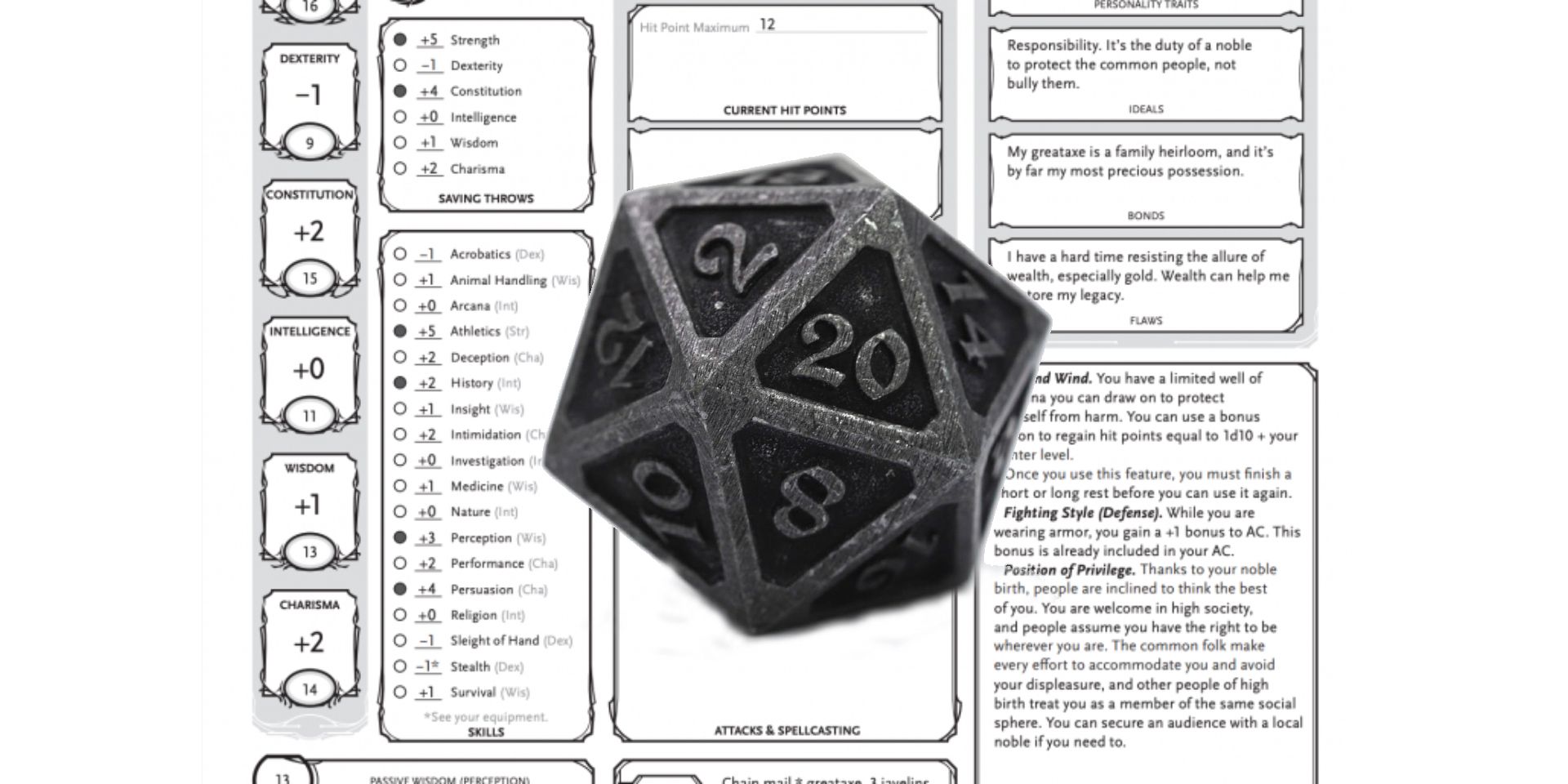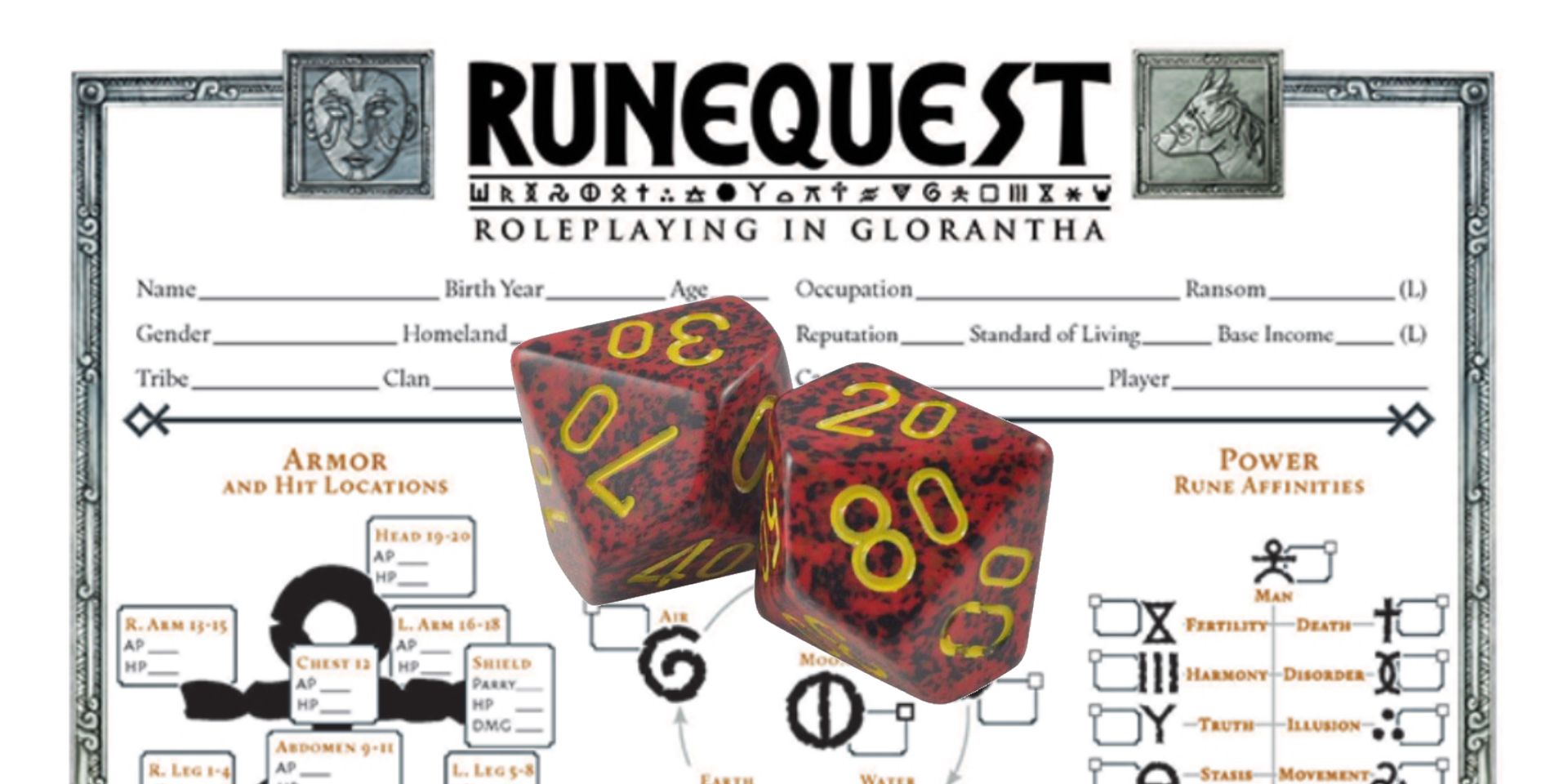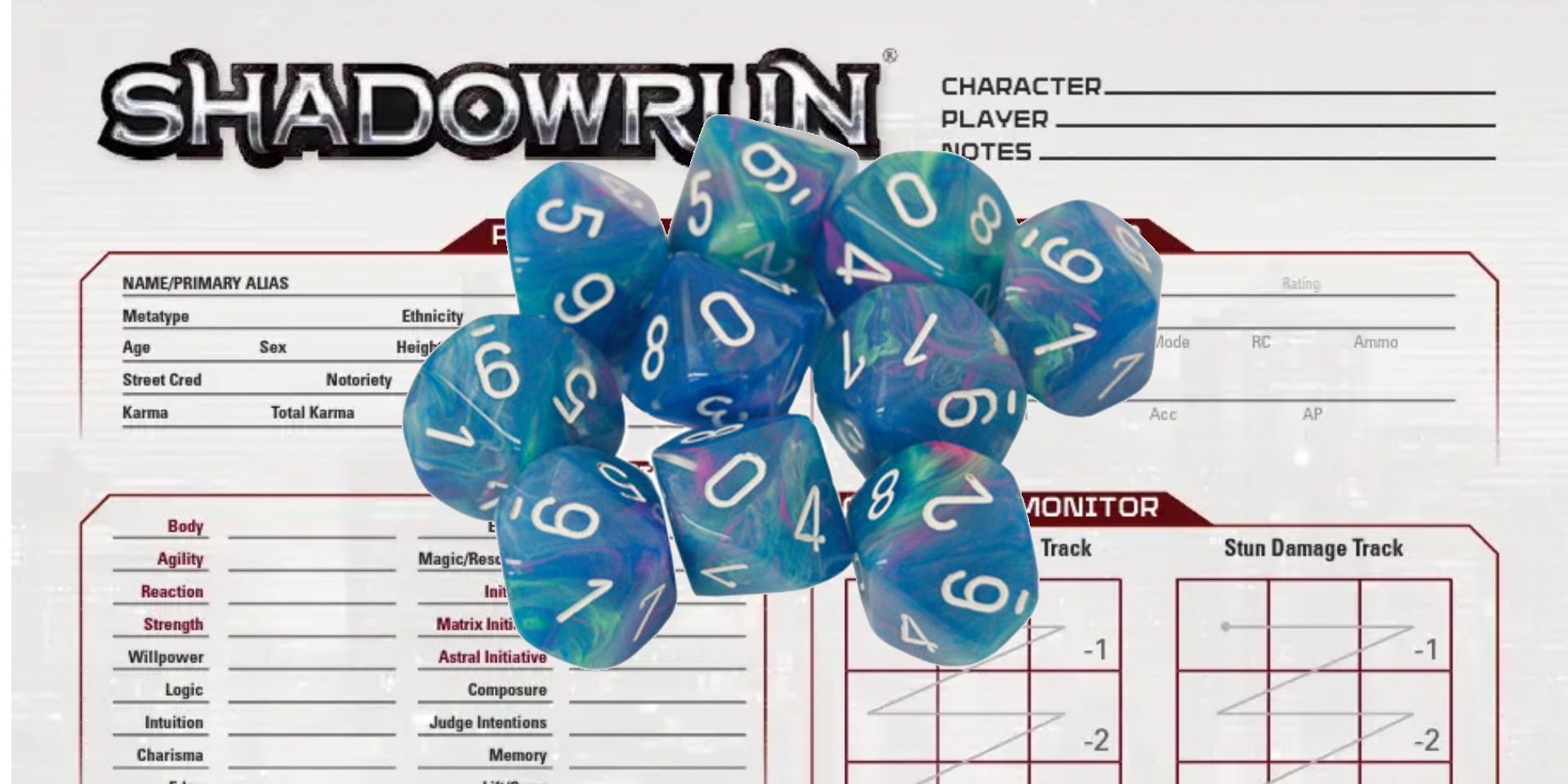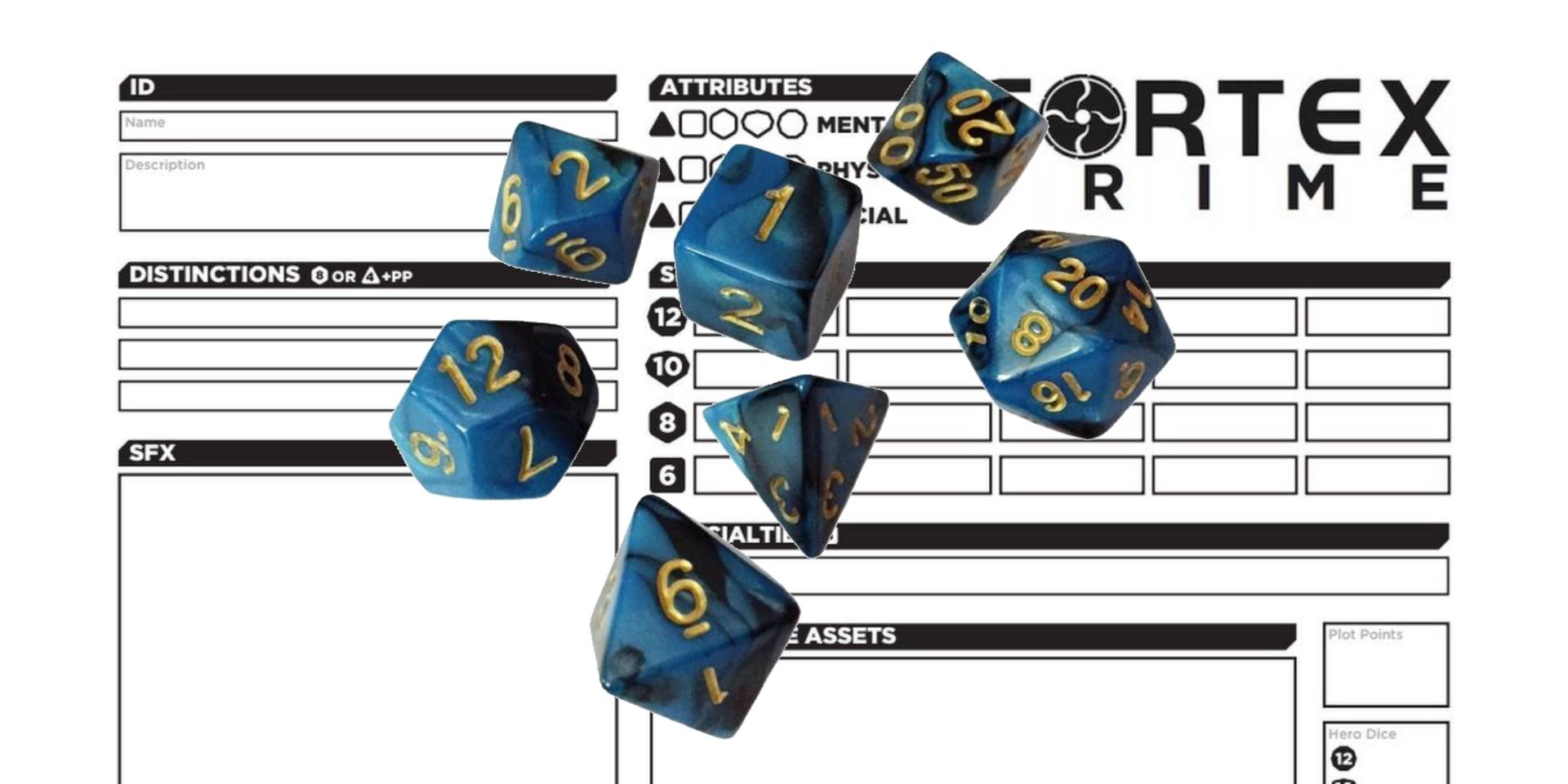Dungeons & Dragons: Honor Among Thieves
Every tabletop RPG system comes with their own custom rules for resolve how well players character take on challenges , and often those rules ask the thespian to wrap dice . From the D20 - centric system ofDungeons & Dragonsto the fistful of die used inShadowrun , die rules for RPGs can be sorted into several categories - each with their own advantages and disadvantages when it comes to simulating tactical probability and creating interesting secret plan developments .
Dice have been a linchpin of gaming for a great part of human history , used to meet game of luck and to regularise the movement of spell inancient board gamessuch the Egyptian game of Senet or the Royal Game Ur from old Mesopotamia . Some of the artifact dice recuperate by archaeologists from this time period were six - sided ( concern to as D6 dice in modern parlance ) , while other polyhedral dice had four sides , eight sides , twelve sides , or even twenty sides - ancient versions of the D4 , D8 , D12 , and D20 die used byDungeons & Dragonsplayers to this very solar day .
relate : Dungeons & Dragons : How To Recognize Cheat Dice

Tabletop roleplaying games with die ( in contrast toRPGs with dice - less mechanicslike performing scorecard ) in general incorporate said dice into their rule for conflict resolution and challenges . RPG player do n’t drift dice for simple , mundane actions , but for severe , difficult works like picking a curl before the guard comes back or casting a fickle spell to ostracise a malevolent demon - in other words , junctures where success or failure will change the class of the secret plan ’s story . By choosing what die to roll and assigning sealed final result to certain dice termination , tabletop RPG designers , deliberately or otherwise , determine how often often and in what direction instrumentalist admirer see - adage between resplendent triumph , utter cataclysm , and the myriad of effect between .
“Roll a Die And Add A Bonus” Like In Dungeons & Dragons
In many roleplaying organization , players resolve accomplishment check , attacks , and the like by rolling a single dice - a twenty - sided dieinDungeons & Dragonsgames- then add together a flat numerical incentive such as +3 or +5 . If the sum of the die and bonus matches or go past a pre - driven trouble number ( 10 often representing modal difficulty ) the role player ’s characters come through at their challenge , and fails if they roll under .
The vantage and disadvantage of D20 arrangement likeD&Dis that every possible dice outcome has an equal ( 5 % ) chance of happening : this " divergence " makes it well-to-do for Dungeon Masters to quantify the difficulty of a challenge on the tent-fly , but also leads to scenario where musician characters by chance follow at challenges on the face of it beyond them or fail miserably at the easy of tasks . RPG systems likeFATEor " power By The Apocalypse , " where instrumentalist wander and add a fillip to multiple dice , have more of a " campana curve " of probabilities ( as explicate on the " Game Master Dice " website ) where average dice results are more likely than " critical successes " or " critical unsuccessful person . "
“Roll Under With Percentile Die” Like In RuneQuest & Call Of Cthulhu
In " Percentile Dice " system , frequently envision in Chaosuimgames likeRuneQuestorCall of Cthulhu , participant will roll two ten - sided dice ( abbreviated to D10s ) then combine their two single fingerbreadth number to make a double - finger’s breadth number between 1 and 100 ( these two D10s are collectively referred to as a D100 ) .
Related : Tabletop Games Styled After Star Wars
Unlike inDungeons & Dragons , players ofpercentile dice systemsgenerally desire toroll undera set routine - either an ability score or a acquirement scotch with a evaluation of 20 % , 75 % , etc . or else of ramble a die then adding a bonus , players of Percentile Dice RPGs will more often add bonuses or penalty to one of their skills , then roll the dice to see if they " drum roll - under " and pass . Generally , percentile dice systems thrive in " simulationist " games where RPG player need to look at their character sail and swiftly comprehend how good their character is at certain actions .
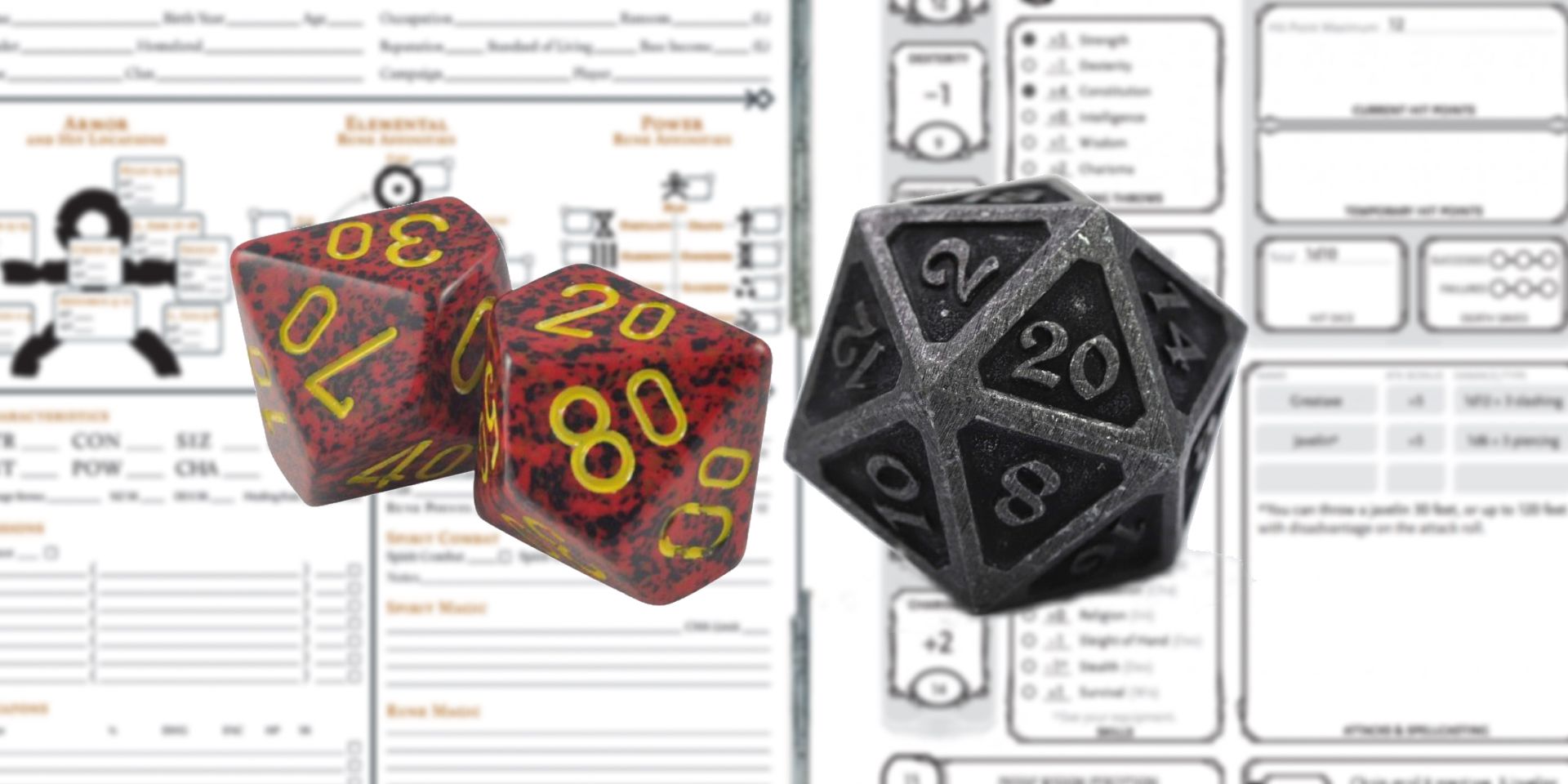
“Roll a Handful Of Dice” Like In Shadowrun & Vampire: The Masquerade
TheStar Wars Roleplaying Game , released by West End Games in 1987 , was one of the first RPGs to infix a Dice Pool organisation - a ruleset where thespian resolve challenge by trilled handful of dice , roll more die the more skilled their characters are at a sure task . Late 1980s / early 1990sRPGs likeShadowrunandVampire : The Masqueradeswiftly adopted the construct of Dice Pools with a few tweak , having histrion roll out handful of die adequate to a combined dimension and science score , then counting dice faces that equal or exceed a sure figure as " succeeder . "
Systems where players roll handful of d6 die normally count a5+result as 1 succeeder , while system with handfuls of D10s treat an8+as 1 achiever . Tabletop RPG players run in these system often bask the tactile sensation of clutching and tossing handfuls of die , while Game Masters of die pool RPGs can easy apply incentive or penalties to skill rolls by adding or subtracting die from the hands of their player . Dice Pool RPGs can become a bit complex during mellow - degree campaigns , where player are attempt to roll and weigh dozens of die without spilling them off the edge of the tabular array .
“Roll Dice Of Different Sizes” Like In Savage Worlds & Cortex
The dice system of narrativeRPG systems likeCortexandSavage Worldsare a sort of cross between the die + incentive scheme ofgames likeDungeons & Dragonsand the die pool arrangement of games likeShadowrun . In these game , player roll a small handful of dice and compare their results to a fixed difficultness number to determine achiever or failure .
Instead of adding a big fillip or roll larger quantities of dice , players in these systems will roll up larger die when using the impregnable attributes and skills of their personal computer - rove a an eight - side D8 die in office of a six - sided D6 die , for object lesson . In system like these , players can easily gauge the forcefulness of their type at sealed labor by noting the size of the die they stray ; GMs however , might find it more difficult to guess the probability curve of certain dice combinations without access to a chart or computer app .
Next : Coolest D&D Dice Sets ( & Where To grease one’s palms Them )
